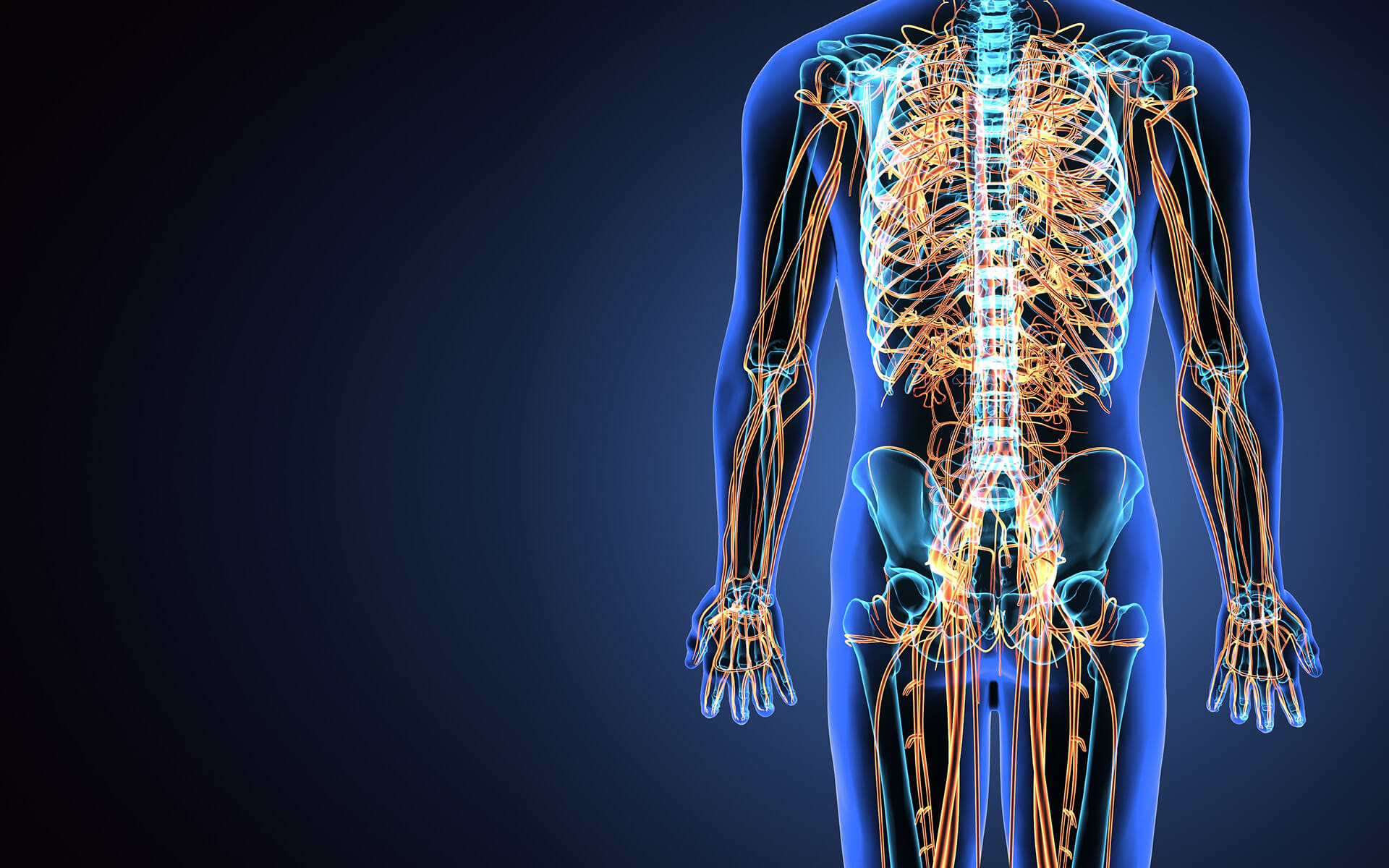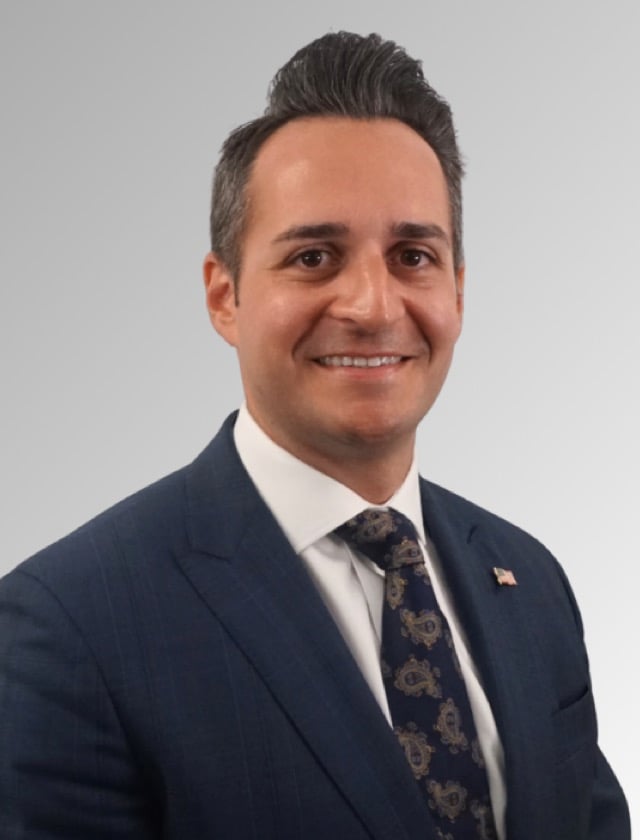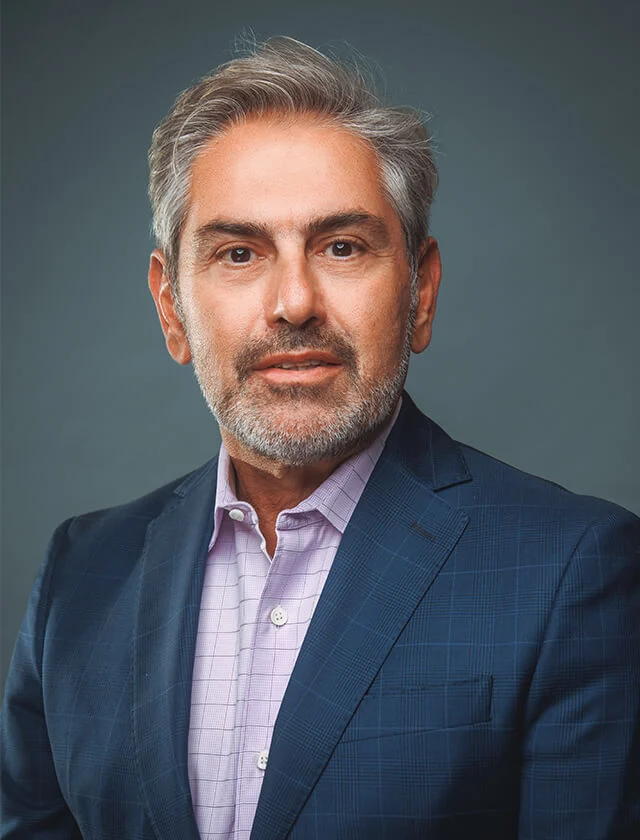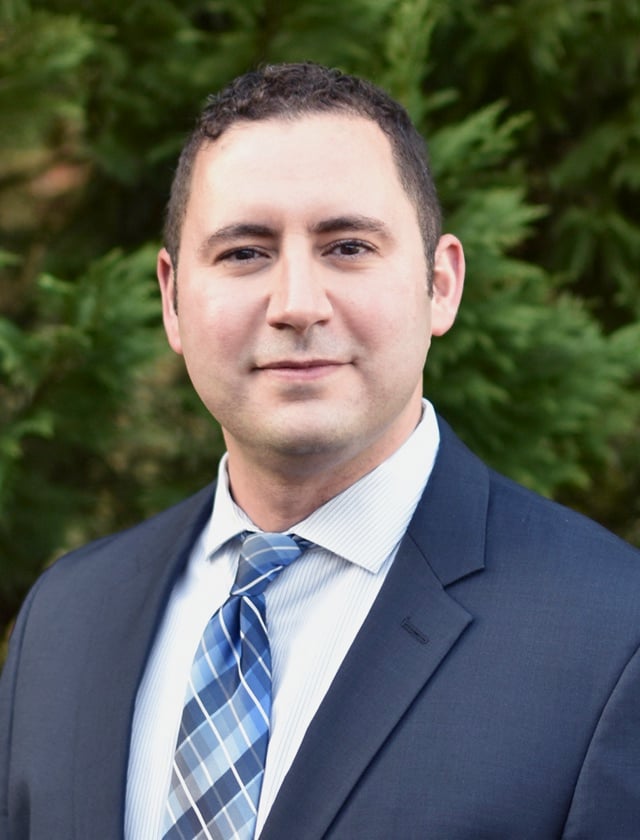Your nerves send electrical signals that help you move your muscles and feel sensations. When a nerve is damaged or injured, the results can lead to impaired muscle function, numbness, loss of sensation, and pain. Nerve reconstruction surgery helps to repair and restore function to injured or damaged nerves.
An injured nerve will attempt to repair itself during a process known as reinnervation. During this process, regenerative nerve units sprout from the ends of damaged or cut nerves, growing about one inch per month and attempting to restore function by reattaching to muscles or skin. If they make a correct connection, muscle function can be recovered.
If the nerves do not make a correct connection, or in cases of more severe injury, nerve reconstruction surgery may be needed to restore muscle function and feeling.
Your specialist may recommend one of the following procedures:
- Nerve repair surgery
- Nerve transfer surgery
- Nerve graft
- Neurolysis
If a nerve has been cut, nerve repair surgery will reattach the two cut ends. A graft or transfer may be required in cases where the damage is more significant. In these cases, a piece of nerve is transplanted from another area of your body and used to bridge the gap between your two damaged ends. If scar tissue has built up around the injured nerve, nerve neurolysis can remove scarring and help facilitate proper nerve healing.
Some of the nerve reconstruction procedures we offer include:
- Phrenic Nerve Reconstruction
- Pudendal Neuralgia
- Joint Denervation Surgery
- Piriformis Syndrome Surgery
- Erectile Dysfunction Surgery
- Limb Paralysis Surgery
- Nerve Decompression Surgery for Extreme Nerve
- Compression Syndrome
- Facial Paralysis Surgery




.webp)












-1.jpg)

















.jpg)













